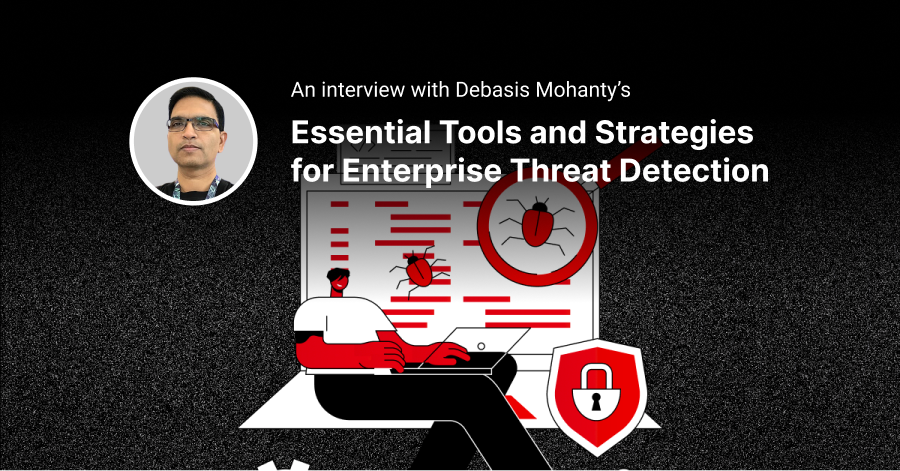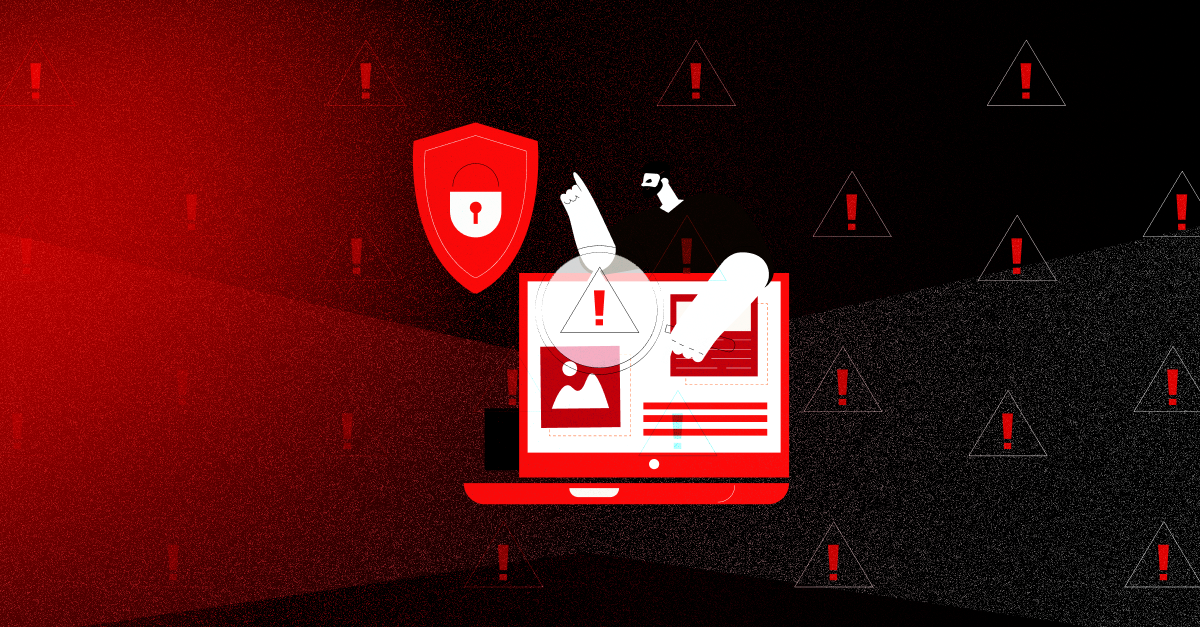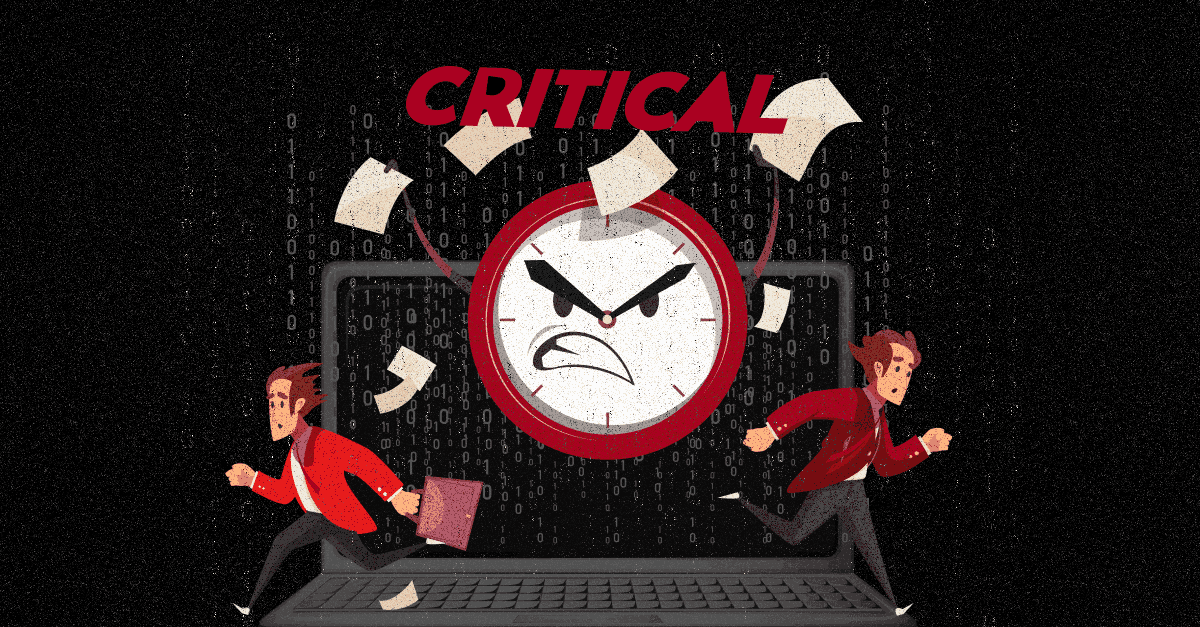Data breaches are increasingly common and the fallout can be huge. Not only is your sensitive data at risk, but your company could face major legal and financial consequences.
As a business leader, you need to understand the types of cyber threats out there and evaluate how vulnerable your systems are. You must have plans in place to maintain operations if attacked. Are your employees properly trained? Do your customer contracts address data breaches? Could your company face regulatory penalties? Cyber insurance may help limit losses, but prevention is always the best approach.
It's time to get serious about data security. In this blog post, we'll explore the legal ramifications of data breaches and provide best practices to help safeguard your business.
Understanding Common Cyber Threats That Lead to Data Breaches
Understanding the threats targeting your data is key to building strong defenses. Some of the most common cyberattacks that lead to data breaches include:
Phishing emails
Phishing emails containing malicious links or attachments are a popular method for hackers to gain access to systems and steal data. Employees should be wary of unsolicited messages and never click links or download attachments from unknown or untrusted senders.
Weak passwords
Easy-to-guess passwords are a vulnerability that hackers constantly exploit. Implement a strong password policy requiring a minimum length, use of numbers and symbols, and frequent changes. Using a password manager can help generate and remember complex unique passwords for each account.
Outdated software
Running outdated software, systems, and applications that are no longer supported with security patches leaves networks open to cyber threats. Establish a routine schedule to update and patch all software to the latest version.
Employee negligence
Employees who don’t follow security best practices like reusing passwords, clicking suspicious links, or improperly handling sensitive data are targets for hackers and insider threats. Comprehensive security awareness training is key. Clearly communicate policies and procedures, and the consequences of violating them.
By understanding the major threats, you can focus resources on priority risks and take proactive steps to help prevent costly data breaches. But even with the strongest defenses, there is always a possibility of an attack succeeding. Developing an incident response plan in advance will ensure your organization is poised to take immediate action in the event of a data breach. The faster you can identify and contain a breach, the less severe the consequences are likely to be.
Assessing Your Organization's Vulnerabilities and Risks
As an organization, you need to evaluate how vulnerable your systems and data are to cyber threats. What are the weak points that could be exploited? Conducting a risk assessment will help determine the likelihood and impact of potential data breaches.
Internal vulnerabilities
Do you have strong password policies and two-factor authentication in place? Are employees trained on spotting phishing emails and malicious links? Regularly monitoring for vulnerabilities in your network and patching them quickly is key.
Third-party access
Do any contractors, vendors or partners have access to sensitive data? Make sure any third-parties also have robust security practices. Their vulnerabilities could become your vulnerabilities.
Cloud services
If you use cloud storage or software, ensure you understand the provider's security policies and your responsibilities. Not all clouds are created equal, so choose wisely and enable all recommended safeguards.
Employee monitoring
Are employees properly monitored to detect unusual behavior that could signal an attack? Look for large data downloads or uploads, accessing files outside of work hours, etc. Catching an attack early can minimize damage.
Incident response planning
Have an incident response plan ready in case of an attack. Who will take charge? How will you contain the threat? Do you have a PR strategy to notify customers? Move quickly in a data breach, as required by regulations like GDPR.
Responding to a Data Breach: Legal Obligations for Notification and Reporting
Once a data breach has occurred, your organization now has certain legal obligations for notification and reporting. As the saying goes, ignorance of the law is no excuse. It's important to understand exactly what is required to avoid potential legal trouble.
In Australia, the Privacy Act 1988 is the primary law that governs the handling of personal information.
If you're dealing with personal data you need to mandatorily report data breaches involving personal information, credit data, or tax file numbers.
Here's what you need to know:
1. What to Report: Organizations must notify both the Office of the Australian Information Commissioner (OAIC) and the affected individuals if there's a data breach that's considered "eligible."
2. Eligible Data Breach: An "eligible data breach" happens when three things are true:
- Unauthorised access, disclosure, or loss of data occurs.
- A reasonable person would think this could cause serious harm to the people affected.
- Efforts to prevent this harm haven't worked.
3. Serious Harm: The law doesn't precisely define "serious" harm, but the OAIC has guidelines. Factors like the type of data, how well it's protected, the kind of harm (physical, emotional, financial, reputational), and who might get the data are all considered.
4. Timing: If an eligible data breach is suspected, it must be assessed within 30 days. If there's a good reason to suspect it but no solid proof, you still need to look into it.
5. Exceptions: There are times when you don't have to notify affected individuals or the OAIC. For example, if law enforcement is involved or the Privacy Commissioner gives permission.
6. Third Parties: Organisations often create detailed contracts with outside suppliers to protect data. The OAIC also provides guidance notes on best practices for data security.
7. Additional Regulations: In some cases, you may need to report data breaches to other regulators, like the APRA, especially if you're an APRA-regulated entity. They have their own rules for reporting security incidents.
In a nutshell, if you handle people's data and something goes wrong, you have to follow these rules to keep everyone informed and take the necessary steps to protect their information. It's all about being responsible and transparent when it comes to data breaches. To learn more about Data Breach Reporting, check out our blog post on the topic.
Additionally, if you're operating in the European Union, you'll need to abide by the General Data Protection Regulation (GDPR). The GDPR is a European law that sets rules for using personal data responsibly. It applies across all EU Member states and requires organisations to:
- Use personal data with integrity, being honest and transparent.
- Have a legal basis for processing data (like consent or contracts).
- Respect individuals' rights to their data.
- Report personal data breaches within 72 hours.
- Ensure suppliers follow data protection rules.
- Face significant fines for violations (up to 4% of global sales or €20 million).
Your organization should have a legally vetted data breach response plan in place that designates who is responsible for notifications and reporting. The actions you take in those first critical hours and days following a data breach can have significant implications on your legal and financial liabilities. Often it will be key personnel within IT, security, risk management, and legal departments. They will work together to investigate the breach, determine its scope, and take appropriate action in line with all regulatory requirements.
It's a stressful situation, but keeping a level head and following proper procedures can help mitigate damage. While reporting a data breach is never easy, transparency and prompt notification are the best approach. Your customers and regulators will appreciate your honesty and willingness to take responsibility, which can help rebuild trust in your organization. The alternative—cover-ups, denial or delays—often makes the situation much worse.
The Financial Impact of Data Breaches: Fines, Lawsuits, and Reputation Damage
The financial fallout from a data breach can be substantial. Beyond the direct costs of investigating and containing a breach, companies often face legal consequences and reputation damage that significantly impact their bottom line.
Fines and Penalties
Regulations like HIPAA, GDPR, and CCPA allow authorities to issue hefty fines for failing to properly secure data or not disclosing breaches in a timely manner. State laws also allow customers to sue for damages. Class action lawsuits following large breaches have cost companies hundreds of millions of dollars.
Lawsuits and Settlements
Affected customers may file civil lawsuits against companies for privacy violations, negligence, or deceptive business practices related to a data breach. Even if a suit is unsuccessful, litigation and settlement costs can be substantial.
Brand and Reputation Damage
The long-term impacts of reduced customer trust and loyalty may be the costliest consequence. Following a breach, a company’s brand and reputation are at risk due to negative media coverage and customer backlash. This can significantly impact future revenue and stock value. Surveys show customers avoid businesses following a breach due to privacy concerns.
To minimize financial fallout, focus on security, transparency, and accountability. Prevent breaches when possible, but also prepare an effective response plan. Work with legal counsel on breach notification procedures and evaluate cyber insurance to offset costs. While fines, lawsuits, and reputation damage are hard to avoid completely after a breach, companies that take responsibility, notify quickly, and make appropriate restitution tend to recover customer trust and company value faster.
The Rise of Data Breach Class-Action Lawsuits
Class-action lawsuits over data breaches are no longer a rare, worst-case scenario—they’ve become a regular fixture in corporate risk management. And if 2024 has shown us anything, it’s that companies are paying big money when they get data security wrong.
Just take Meta’s record-breaking $1.4 billion settlement with Texas regulators. Their mistake? Unlawfully collecting biometric data—a move that violated state privacy laws and sent a clear message: mishandling sensitive user data isn’t just an IT problem, it’s a legal and financial nightmare.
Then there’s Lehigh Valley Health Network, which had to shell out $65 million after a ransomware attack exposed patients' Social Security numbers, medical records, and even private photos. This was the largest healthcare ransomware breach settlement per patient, proving that when hospitals fail to protect data, the fallout can be just as damaging as a physical security breach.
It’s not just about fines from regulators—class-action lawsuits are skyrocketing. In 2024, settlements from class actions across different industries surpassed $40 billion for the third year in a row. And data breaches played a huge role in pushing that number up.
Why Are Data Breach Lawsuits Exploding?
A few key trends are driving this:
🔹 More Corporate Breaches = More Lawsuits – With cyberattacks hitting companies left and right, affected customers (and their lawyers) are increasingly suing for damages. The more breaches happen, the more legal claims we’ll see.
🔹 Growing Privacy Concerns – Companies using website tracking tools and collecting data without consent are finding themselves in hot water. Consumers are becoming more aware of their rights, and regulators are backing them up with tougher enforcement.
🔹 Security Failures Are Being Punished Harder – The 23andMe case is a perfect example. A class-action lawsuit forced the company into a $30 million settlement after cyber criminals accessed ancestry data. What made this case stand out? Poor security controls. No multi-factor authentication meant user accounts were sitting ducks.
If there’s one lesson companies should take from 2024, it’s that cybersecurity is no longer just about preventing breaches—it’s about preparing for legal battles too. The cost of a weak security posture isn’t just stolen data—it’s billion-dollar fines, eroded trust, and years of damage control.
Minimizing Legal Liability: Best Practices for Data Security
To minimize legal liability from a data breach, it’s important to establish best practices for data security within your organization. Some key steps you can take include:
Employee training
Educate employees on data security policies and procedures. Require all staff to complete regular cybersecurity awareness training to recognise and avoid phishing emails, malware, and other digital threats. Make data protection a company-wide priority.
Strong passwords
Enforce the use of unique, complex passwords that are at least 8-12 characters long, contain a mix of letters, numbers and symbols, and are changed every few months. Using a password manager tool can help generate and remember secure passwords for all accounts and systems.
Multi-factor authentication
Enable two-factor or multi-factor authentication on all company accounts, networks and devices whenever possible. This adds an extra layer of security for logging in, especially for remote access. Methods include security keys, biometrics, SMS texts, and authentication apps.
Data encryption
Encrypt all sensitive data, whether stored on servers, computers, mobile devices or in the cloud. Encryption converts data into unreadable code that cannot be accessed without the encryption key or password. It protects confidential information even if devices or accounts are compromised.
Incident response plan
Have an incident response plan in place in case of an attack or unauthorised access. Designate response team members, outline steps to contain the breach, and procedures to notify customers and authorities as required within legal timeframes. Practice and update the plan regularly.
Regular audits
Conduct routine audits of systems and networks to identify vulnerabilities and ensure security controls are functioning properly. Penetration testing can also be used to simulate real-world attacks and uncover weaknesses before they can be exploited. Fix any issues found immediately.
Conclusion
While technology continues to rapidly advance, cybercriminals are not far behind. As a business leader, you need to make data security a top priority to avoid the costly consequences. The threats are real but with the right strategy and vigilance, you can defend yourself from the legal and financial fallout of data breaches.







